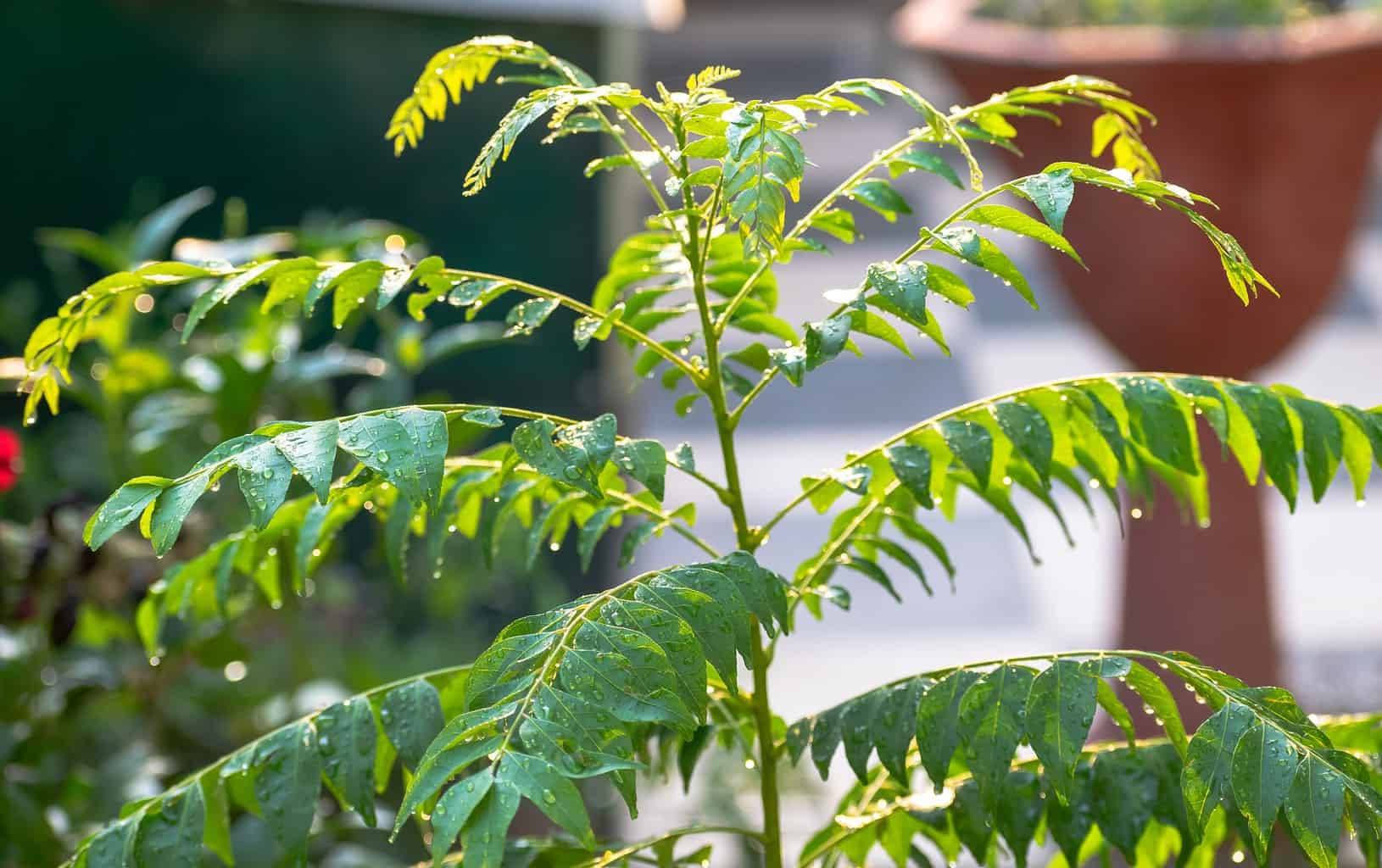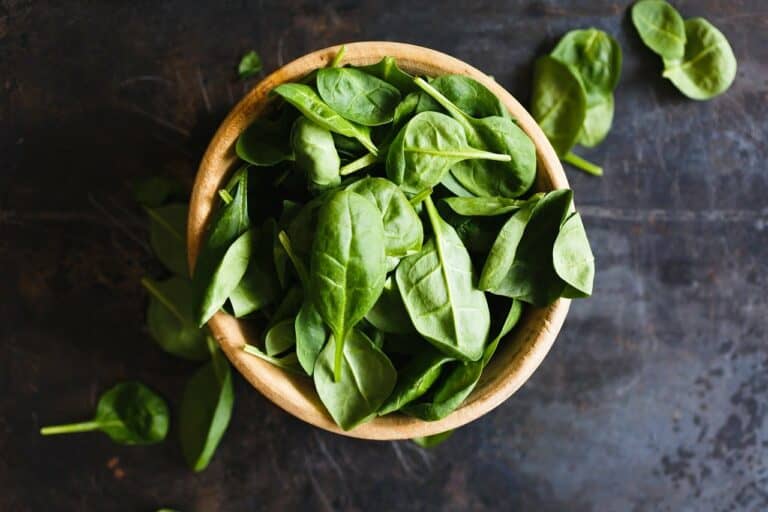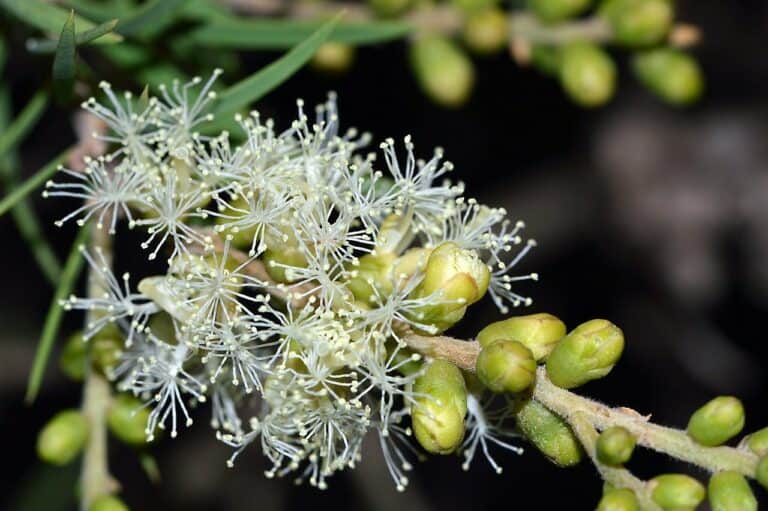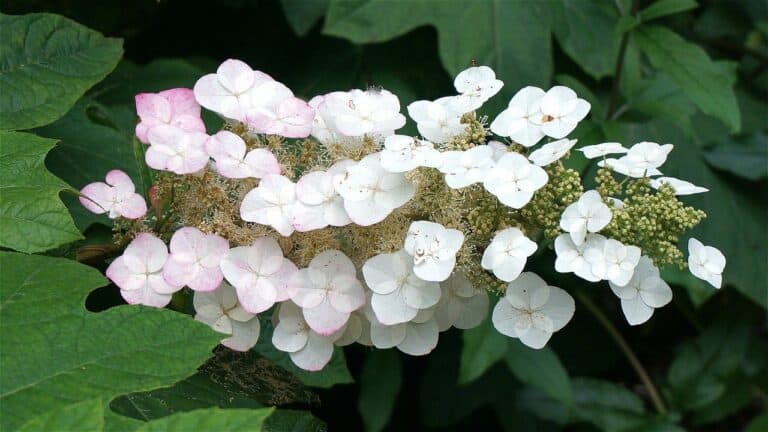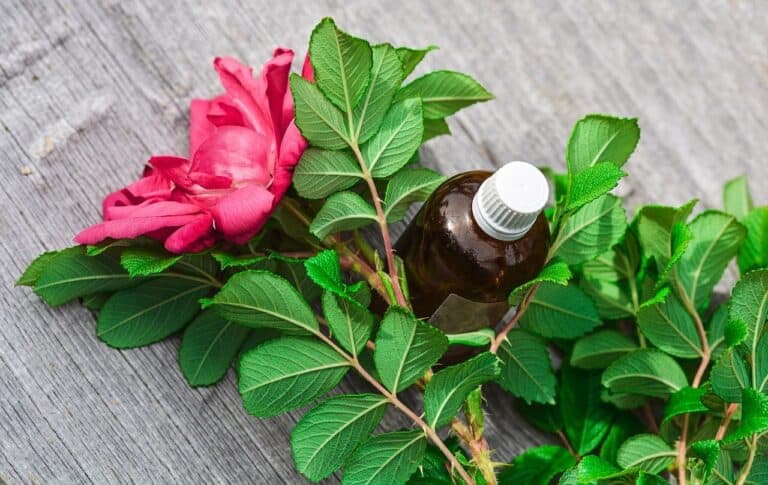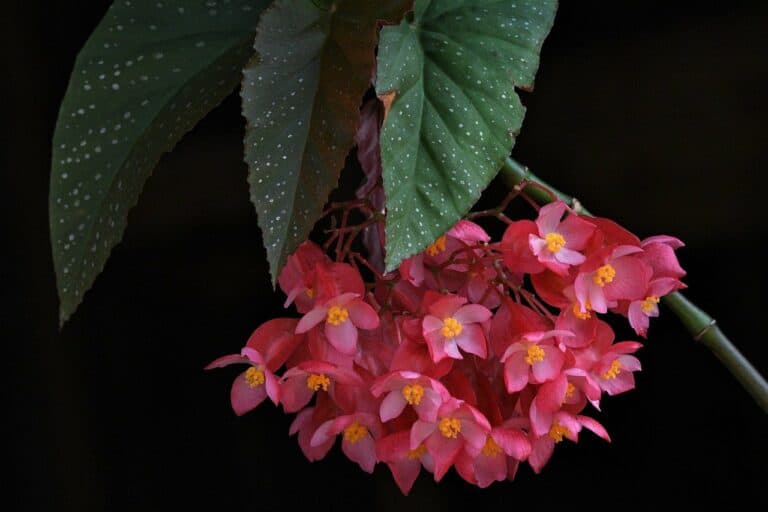Table of Contents
Curry Leaf Plant Pest Management and Fertilizer Recommendations
Curry leaf plant is prevalent in the subcontinent as well Asian countries. However, it grows and favors in tropical and subtropical. Many people grow it in their homes and want to grow it well, faster, bushier, and protect it from pests. Here in this article, pest management and growing tips are shared. So by reading and understanding this article, you will be able to increase your curry leaf plant healthier, faster, and bushier. So read the below steps and follow as directed.
How To Control Pests in Curry Leaf Plant?
We can use several techniques to control pests that attack curry leaf plants. Usually, some insects attack it. However, they can be handled easily with good management.
Aphids, fungus Gnot, scales, spider mites, whiteflies, etc., can attack the curry leaf plant. Whenever you spot these pests, plan to remove or control them immediately. These pests may harm your plant quickly as once they attack the plant, their growth occurs rapidly
Chemical Control:
Hydrogen Per Oxide: By mixing hydrogen peroxide with water, certain insects can be controlled, i.e., fungus Gnot. Mix hydrogen peroxide and water with a ratio of 1:4. It should be applied to the soil, not on leaves.
Certain Pesticides: In case of severe damages or insects infestation, certain types of pesticides can be used. They are malathion 0.05 percent, acephate 75SP at1g/lit, triazophos 50EC at 2.5ml/lit, and carbaryl 0.1 percent should be sprayed
Aphids Control with Soapy Water: Although aphids damage the plant leaves very quickly, you can manage their attack by showing quick action against them. They are straightforward to control. You can get rid of aphids by spraying soapy water. Soap water spray should be done for 14 days after three days intervals. Keep in mind that the soapy water solution should be mild.
Natural or Biological Control:
Garlic Peel: Garlic act like a natural antifungal antibacterial. Many insects, bacterial and fungal infestations can be controlled by spraying simply garlic water. Put garlic peel in water in a container. Leave them in the water until the water smell like garlic. Pour this smelly water into a spray bottle and spray on the plant’s leaves. The garlic smell irritates insects.
Neem tree oil: Neem tree oil spray is effective against aphids and other specific types of insects’ bacterial and fungal infestation. Neem oil contains certain chemicals that are effective against insects and can stop them from eating curry plant leaves. Neem oil spray is effective against many types of pests, including Spider mites, Aphids, Cabbage worms, Whiteflies, Mealybugs, Moths, Nematodes, Fungus Gnats Scales, Caterpillars, etc.
Prepare neem oil: Take four teaspoons of neem oil and mix them in 1 gallon of warm water. Next, pour one teaspoon liquid dish soap. Take the desired amount of mixture in a spraying bottle and spray on the plant.
Other Useful Method:
Adhesive: Apply adhesive materials like sticky yellow paper stripes around the plant. Insects will stick to it and will trap there. This method is beneficial to control whitefly and fungus Gnot.
Pressurized Water: Apply pressurized water to the plant. It will remove insects, their larva’s and eggs.
Handpicking: (Removing insects and affected leaves by hands): Remove the infected leaf and the insects by simply picking them with arrows. Also, destroy their larvae and eggs.
Fertilizers Recommendations: Fertilizers are being used to fulfill the nutrient requirements of plants. It is observed that the Curry leaf plant meets its nutrient requirements from the ground naturally. Therefore, it does not require a lot of fertilizers application while growing on the ground. However, a little application of fertilizers may be needed when growing in pots or containers. Don’t apply any fertilizer for the first six months of its growing.
Which fertilizers to Use?
As The curry leaf plant is grown for its edible leaves, its leaves should be the grower’s prime importance. For health and fleshy leaves, give it nitrogen-rich fertilizers. We are applying calcium and magnesium-dose fertilizers after some intervals makes its leaves green and bushy.
Natural fertilizers: They are considered the best fertilizer. Their application is easy and doesn’t damage the soil quality.
Compost is the best. Put them in the upper soil by making a layer of an inch or half an inch. It works best as it releases nitrogen slowly and timely. It fulfills the nitrogen requirement of the curry leaf plant.
Seaweed extract: Take 2 ml. of this fertilizer. Mix it with 1 liter of water. Apply foliar application every month.
Buttermilk spray: It is calcium-rich and can be used as magnesium fertilizer spray on its leaves. Spray this solution once every two weeks.
Cow manure: Cow manure will help in root formation quickly, making soil structure better. It has water-retaining properties and makes water available for plants for a long time.
Synthetic Fertilizers: Although many nutrient requirements can be fulfilled from natural fertilizers, artificial sources can only fulfill some nutrients.
Epsom salt: Take one tablespoon of it and mix in 1 gallon of water. It is recommended to apply it twice a month with an interval of 15 days.
Iron Chelates: It is applied when plant leaves turn yellow. It shows iron deficiency and can be overcome by using chelated iron. You can use it every 2 or 3 months. To avoid your curry leaf plant from iron deficiency, provide an acidic medium as it favors soil pH ranges from 6.4 to 6.9
Gypsum: Gypsum can overcome calcium deficiency. Calcium is necessary for the overall and healthier growth of the curry leaf plant. It helps in root elongation and leaf growth. Apply every 2nd month if you are not applying iron doses to the curry leaf plant.
Congratulations! Now you can safely grow your curry leaf plant. All the important stuff you need to know has been provided straightforward and applicable. Of course, if you have any other issues related to the curry leaf plant, you can ask in the comments.


